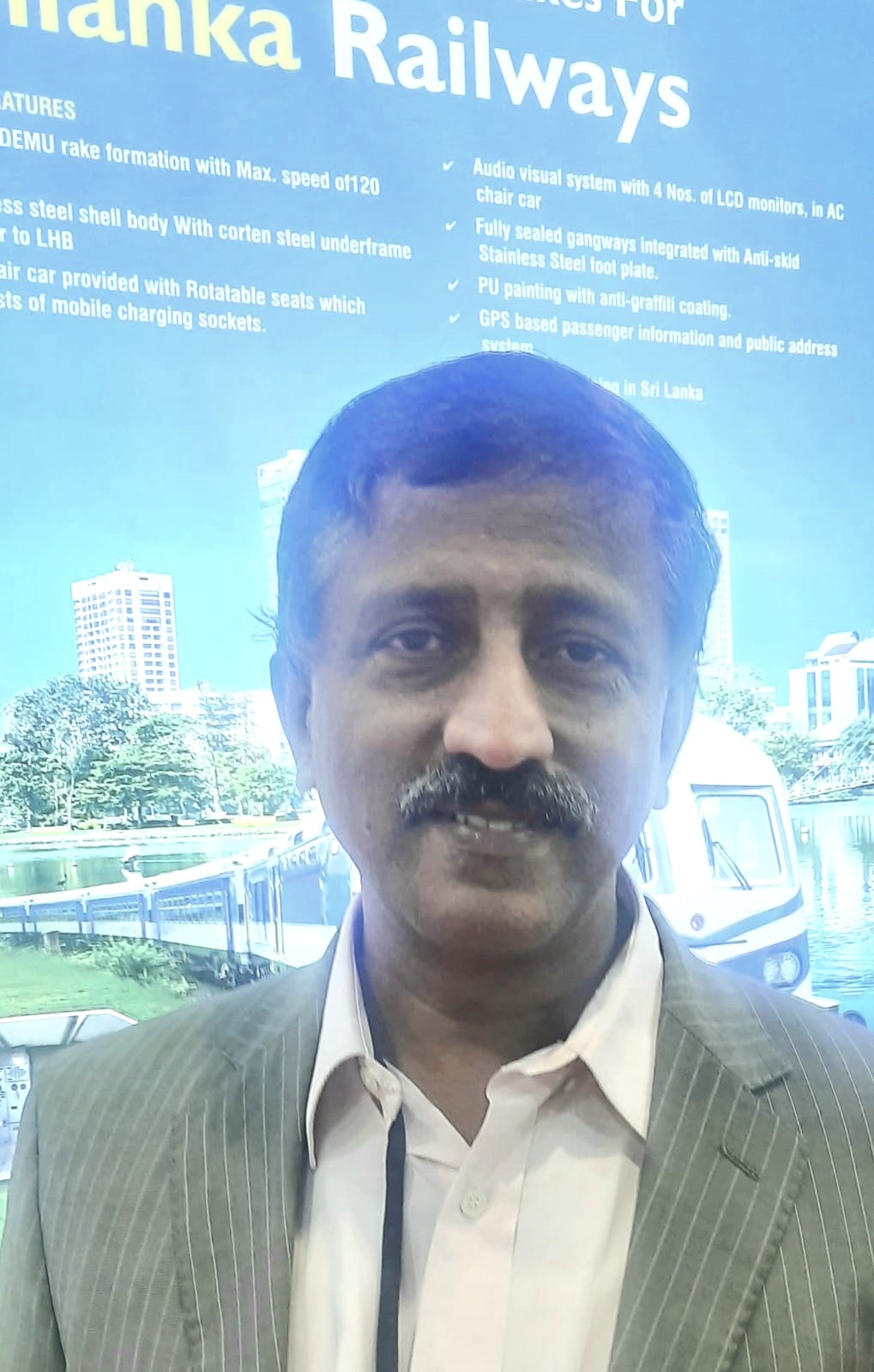The PHD Chamber of Commerce and Industry‘s States Performance Indicator Report, unveiled at the States’ Policy Conclave 2024, underscores India’s progress toward achieving the vision of Viksit Bharat (Developed India) by 2047. This vision is reflected in the ambitious strategies that the country should adopt. States are driving transformative reforms to accelerate growth and sustain strong development. Over the next six to seven years, they aim to achieve substantial advancements in GDP and GSDP, emphasizing key sectors such as agriculture, exports, tourism, infrastructure, health, and education.
Northern provinces like Punjab, Haryana, and Uttar Pradesh dominate agriculture and food processing, while Gujarat, Maharashtra, and Karnataka drive manufacturing and exports. Mineral-rich regions such as Chhattisgarh and Odisha are capitalizing on their natural wealth, and the southern states continue to excel in IT development, enhancing their global competitiveness.
A comprehensive nine-pronged strategy has been outlined to amplify growth, urging states to adopt best practices nationwide. The recommendations emphasize improving the ease of doing business at the grassroots level, reducing operational costs, fast-tracking infrastructure development, and fostering sustainable growth aligned with GSDP targets. Priorities also include advancing the service sector, promoting sports development, and generating employment opportunities.
India is on track to become an $8 trillion economy by 2032, with GDP projected to double every 7–8 years thereafter. These strategic initiatives provide states with unparalleled opportunities to position India as a global economic powerhouse.
In an exclusive interaction with The Interview World, Dr. S. P. Sharma, Chief Economist and Deputy Secretary General of the PHD Chamber of Commerce and Industry, shared critical insights from the recent PHDCCI report on state performance. He discussed the report’s findings, offered a detailed analysis of state GDP rankings, and explained the economic challenges holding Bihar back compared to other eastern states. Dr. Sharma also underscored the importance of fostering an inclusive employment environment for young professionals through targeted policy measures. Here are the key takeaways from this enlightening conversation.
Q: Could you share the key highlights of the recent PHDCCI report on state performance and explain its significant findings?
A: This report focuses on the foundational aspects of state economies, recognizing that states are the driving force behind India’s growth trajectory. Their role is pivotal in achieving the vision of Viksit Bharat (Developed India) by 2047. We analyzed ten key economic indicators, including GST collections, export growth, agricultural performance, service sector expansion, tourism development, infrastructure, health, and education. Our analysis relied on comprehensive government data sourced from state and central platforms.
Every state demonstrates unique strengths. For instance, northern states like Punjab, Haryana, and Uttar Pradesh excel in agriculture, serving as the backbone of India’s agrarian economy. Meanwhile, Gujarat, Maharashtra, and Karnataka lead in industrial production and exports, significantly contributing to India’s manufacturing output. On the tourism front, states such as Rajasthan, Goa, and Himachal Pradesh stand out, earning substantial foreign exchange through their thriving tourism industries.
These states show remarkable performance across multiple parameters. However, their standout strengths serve as the primary drivers of growth. To enhance overall national progress, we recommend that other states adopt these best practices. For example, while Rajasthan, Goa, and Himachal Pradesh have established themselves as premier tourism destinations, other states with untapped tourist spots could follow suit, attracting both domestic and international travelers.
Similarly, while Punjab, Haryana, and Uttar Pradesh dominate agriculture, other states should not overlook their potential in this sector. The growing prominence of food processing and agro-industries on the global stage offers immense opportunities. By adopting the successful practices of leading states, others can enhance their agricultural performance and contribute to India’s economic growth.
Our report emphasizes that collaboration and the exchange of best practices among states will unlock their full potential, fostering a balanced and inclusive development framework. This approach ensures that every state plays a significant role in India’s journey toward becoming a global economic leader.
Q: Could you provide insights into the GDP rankings of states, particularly the top three or four, along with their respective growth rates?
A: In the post-Covid era, during FY 2021-22 and FY 2022-23, 25 states achieved growth exceeding 7%, with 9 of them surpassing 9% growth. This indicates a robust growth trajectory across nearly all states. Their progress is increasingly sustainable, driven by strong fundamentals and strategic focus on one or two key areas of strength. This sets a promising course for continued development.
Q: Do you think Bihar is lagging behind other eastern states, and what factors are hindering its progress in catching up?
A: No, I don’t believe Bihar is lagging behind. The state is gaining prominence, particularly in building infrastructure, enhancing educational facilities, and strengthening healthcare systems. Its growth remains aligned with the national average and is steadily advancing. In recent years, Bihar has made significant progress, and its future trajectory looks even more promising, supported by various reforms implemented by the government.
Q: What initiatives should be implemented to create a more inclusive employment environment for younger professionals?
A: I don’t see a lack of employment opportunities, but the challenge lies in bridging the skill gap. At this juncture, many workers lack the necessary skills, making it difficult for businesses and companies to deploy them effectively. This creates a mismatch between the demand for skilled workers and the available workforce.
Addressing this issue requires better alignment between industry needs and academic programs. Universities and industries must collaborate more effectively to close this gap. On one hand, businesses require skilled personnel; on the other, job seekers struggle to find suitable roles. The solution doesn’t lie in creating more jobs but in focusing on matchmaking between industry requirements and workforce capabilities. Strengthening academia-industry linkages is crucial for resolving this disparity.









